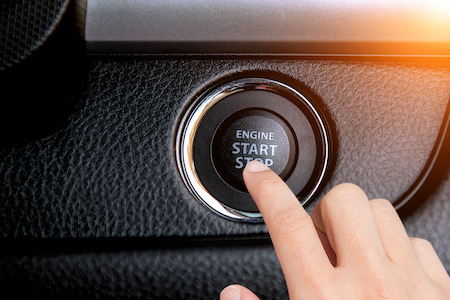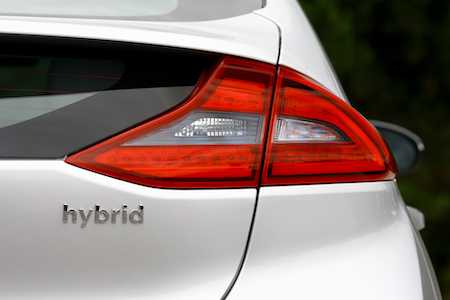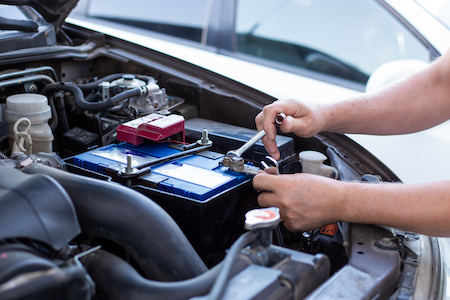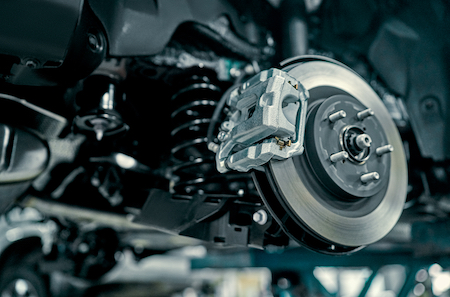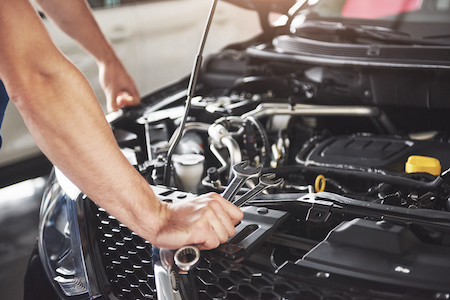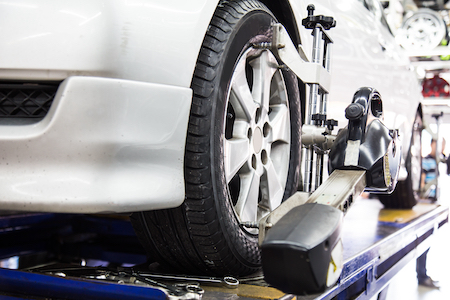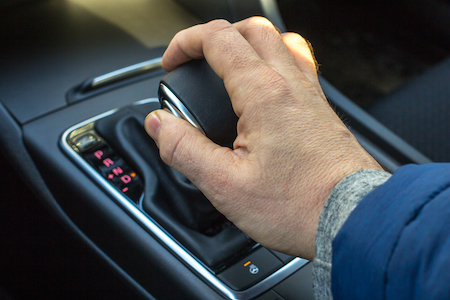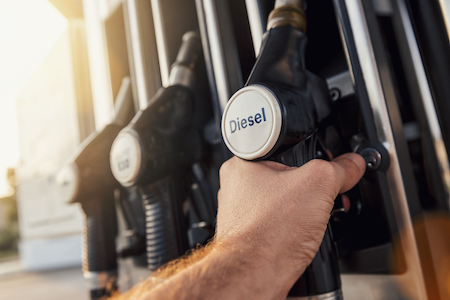If you’ve hopped behind the wheel of a new car lately, you know a lot of the driving is now done for you. Adaptive cruise control, lane change assistance, collision avoidance, blind spot monitoring – each of these advanced driver assistance systems (ADAS) is designed to make your job a little easier, keeping you and your passengers safer in the process.
To ensure each of these systems works properly, sensors are placed in different regions of your vehicle. With ADAS, every sensor is needed to ensure accurate decisions are made as to how your car moves. If a wheel is out of alignment, or a misdirected sensor, it won’t provide proper input. This can lead to poor performance, or even emergency situations.
Cars have changed so much in the last few years that many dealerships offer driving assistance programs to help you understand these advanced driver assistance systems more intimately before you take the vehicle home. At the very least, you should become familiar with your owner’s manual. It’ll help you become more familiar with the individual systems, and understand the maintenance routine necessary to keep everything working well.
Getting to know your advanced driver assistance systems better
Almost all accidents on the road today are caused by human error. The role of ADAS is to prevent accidents and reduce the impact of those that occur. That’s why you’ll find ADAS applications like:
- Automatic emergency braking
- Blindspot detection
- Lane departure correction and warning
- Parking assistance
- Traffic sign recognition
Each of these systems is designed applications using interface standards while running vision-based algorithms, relying on individual sensor functions and real-time multimedia. Each autonomous application uses a chip that connects with sensors placed around the vehicle. These sensors take in a large amount of data with the help of image software, sensors, lidar, and radar. It responds to unique situations faster than any human could process.
If you drive a car with ADAS, you know how easy it is to rely on your vehicle performing specific functions. Studies show that in the first month, drivers are fully engaged as they adjust to self-help cars. That slowly wanes as it becomes the new norm for driving. And that’s where you can miss what’s happening to your vehicle over time.
How wheel alignment changes with ADAS
A wheel alignment is a regular routine maintenance item for your vehicle. Like oil changes and checking tire pressure, a wheel alignment ensures your tires safely connect to the road, and keep you pointed in the direction you want to go.
Wheel alignments today are computerized processes where a mechanic aligns all four wheels to ensure your car drives straight. It’s done by adjusting three separate angles of each wheel known as camber, caster, and toe.
These aren’t large adjustments; they are often so small you would have difficulty noticing a change in the tire. That’s because computerized analysis can inspect every aspect of alignment and make micro changes that you and I might overlook. It can bring back your wheel alignment to what the manufacturer suggests.
Improper wheel alignment will wear your vehicle’s tires down faster, and decrease safety while you’re driving. If the wheels aren’t properly connected to the road, you run the risk of having your car steer out of control.
This is why ADAS can help. It also adds more complex nuances to a car’s driving and braking systems.
With a standard wheel alignment, the alignment process involves specialized computer equipment to determine how well the system functions. ADAS takes that to another level. With even more specialized and fine-tuned sensors, the controls for things like steering, brakes, and cruise control all need a higher level of adjustment, referred to as a Safety Systems Alignment.
This alignment starts by adjusting the three angles of the tires. It goes further by calibrating the ADAS cameras, sensors, and radar to ensure complete control of the vehicle. These functions rely on proper alignment of the vehicle to ensure it can be controlled in the manner it was programmed.
For example, one of the most visible systems drivers use is the rear camera system. It tracks the wheel angle to show where your car is traveling in reverse. If this camera isn’t aligned properly or the steering wheel is out of alignment, it can impact what the camera show, which turns the process into a hazardous situation.
To receive a Safety Systems Alignment, it requires:
- State of the art equipment – these computers are designed exclusively to monitor cameras and sensors with precision. The slightest error in camera angle could impact the safety of the drive.
- Highly skilled technicians – this isn’t a process you can perform on your own. It requires a skilled mechanic who understands how to calibrate every sensor and camera system your vehicle may have.
- Extra time – to perform a complete inspection takes time. We have to ensure your tires are properly aligned, as well as ensure your entire safety system meets guidelines.
Do you need an ADAS alignment?
If your vehicle relies on ADAS for any of its safety features, you’ll need a safety systems alignment from time to time.
There are several symptoms that suggest it’s time for a wheel alignment:
- You notice your tire is wearing unevenly from tire to tire.
- The steering wheel is crooked as you drive straight.
- You hear noise as you are steering.
- The car pulls to the right or left as you drive.
- You hear a squealing noise from the tires.
- You install new tires.
ADAS problems don’t show up in the same way. Your wheels may appear to be driving straight, but the sensors aren’t registering it that way. That’s why it’s imperative to bring your vehicle in for regular alignment maintenance to ensure they are operating correctly.
To ensure all of your ADAS features are working properly, schedule a safety systems alignment along with your other routine maintenance. Schedule yours today.


